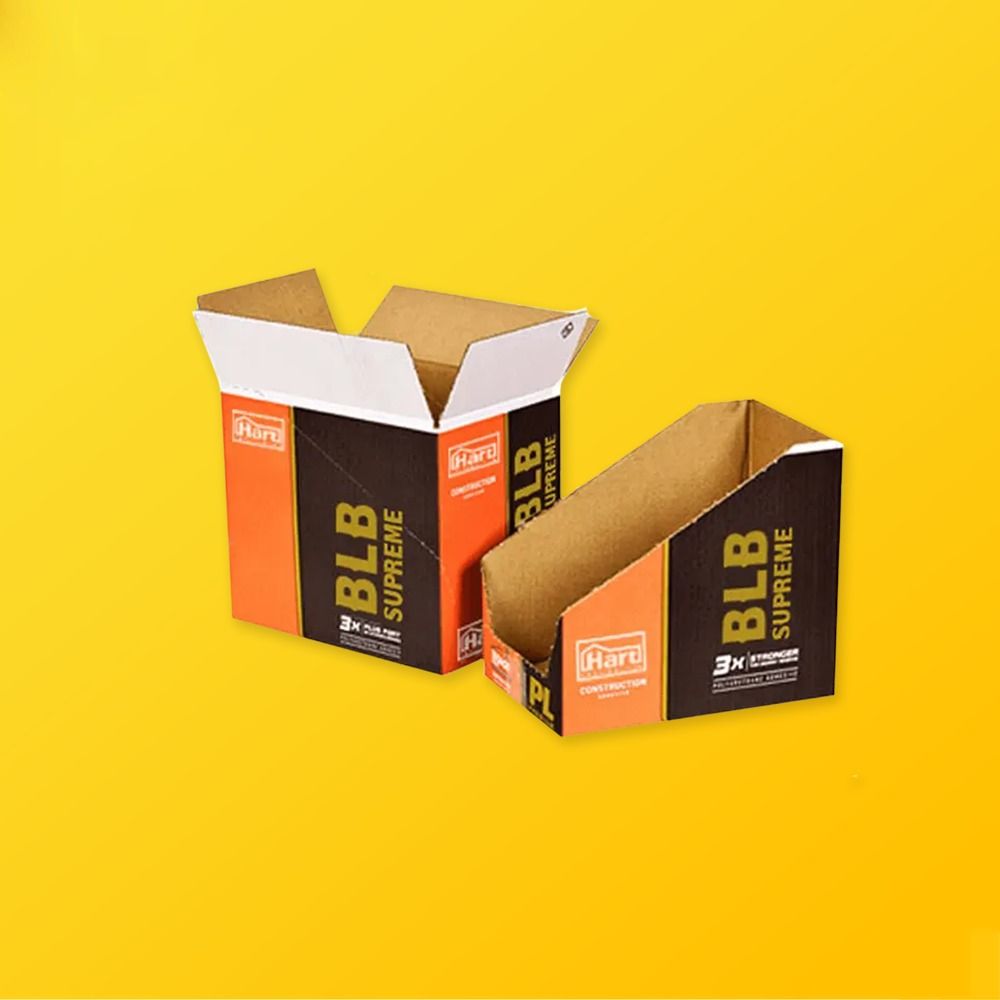
Future Market Insights forecasts a steady growth trajectory for the perforated packaging sector, estimating a 5% compound annual growth rate between 2022 and 2032. By the conclusion of the ongoing fiscal year, the market demand for perforated packaging is anticipated to reach a substantial value of US$ 24.8 Billion. The study suggests that the industry is on track to achieve a remarkable valuation of US$ 40.39 Billion by 2032. This projection underscores the robust expansion prospects within the perforated packaging market, indicating sustained momentum and opportunities for stakeholders in the coming decade.
The perforated packaging market is regionally segmented into Latin America, Europe, North America, Asia-Pacific excluding Japan (APEJ), and the Middle East & Africa (MEA). This market is expected to experience steady growth between 2016 and 2024.
North America is anticipated to witness significant growth in the perforated packaging market during this period, primarily due to its high consumption of processed meat and packaged food. The region’s affinity for convenience foods and quick-service restaurants contributes to this trend.
In contrast, the demand for perforated packaging in Eastern and Western Europe is expected to be sluggish, mainly due to government policies discouraging extensive plastic usage in packaging.
Request Sample: https://www.futuremarketinsights.com/reports/sample/rep-gb-3209
Business Growth Drivers:
- Convenience and Consumer Appeal: Perforated packaging offers convenience in terms of easy opening and access to the packaged product. Consumers often prefer products that come in easily accessible packaging, leading to increased demand.
- Product Differentiation: Perforated packaging allows companies to differentiate their products on the shelves, enhancing visibility and attracting consumer attention. This can be especially crucial in competitive markets.
- Freshness and Preservation: Perforated packaging can help maintain product freshness by allowing controlled airflow. This is particularly important for perishable items such as fresh produce, bakery goods, and snacks.
- Sustainability: Many perforated packaging solutions are designed with sustainability in mind, using recyclable materials or incorporating features that reduce environmental impact. With the growing emphasis on eco-friendly practices, such packaging options are gaining popularity.
- Customization and Branding: Perforated packaging offers opportunities for customization, allowing brands to incorporate logos, graphics, and other branding elements. This customization can help strengthen brand identity and appeal to target consumers.
- Food Safety and Hygiene: Perforated packaging can enhance food safety and hygiene by allowing for better ventilation and reducing the risk of microbial growth. This is particularly important in the food and beverage industry, where maintaining product integrity is paramount.
Industry Restraints:
- Cost Considerations: Perforated packaging may involve additional manufacturing costs compared to traditional packaging options. Companies may need to balance the benefits of perforated packaging against its higher production expenses.
- Technical Challenges: Designing perforated packaging that balances breathability with product protection can pose technical challenges. Ensuring the right level of perforation without compromising packaging integrity requires careful engineering and testing.
- Regulatory Compliance: Depending on the product and market, perforated packaging may need to meet specific regulatory requirements regarding safety, labeling, and environmental impact. Navigating these regulations can add complexity and costs to the manufacturing process.
- Limited Applicability: Perforated packaging may not be suitable for all types of products or industries. Certain items may require airtight or tamper-evident packaging, limiting the applicability of perforated options.
- Perception of Quality: In some cases, consumers may associate perforated packaging with lower quality or reduced product protection, especially if they perceive it as less secure or durable compared to alternative packaging formats.
- Supply Chain Challenges: Introducing perforated packaging may require adjustments to the supply chain, including sourcing new materials, modifying production processes, and ensuring compatibility with existing packaging machinery.
Key Players
Some key players in the perforated packaging market are
- Amcor Limited
- Now Plastics
- Helion Industries
- Amerplast
- ULTRAPERF
- Ajover S.A.
- A-ROO Company LLC
- 3M Company
- LaserSharp FlexPak Services
Buy Now/Purchase @ https://www.futuremarketinsights.com/checkout/3209
Market Segmentation:
The perforated packaging market can be segmented by the size of the perforation, material used, the product formed, manufacturing technology used and application.
Based on the Perforation size
- Micro perforation
- Macro perforation
Based on the use of material
- Low-density polyethylene
- Polypropylene
- Perforated tarpaulin
Based on the product formed
- Woven sacks bags
- Liner bags
- Bopp film
- Anti-bacterial BOPP film
Based on the manufacturing technology
- Laser perforated films
- Punched hole films
Based on the application
- Bakery & Confectionery Products
- Produce grain
- Produce vegetable
- Produce fruits
- Dried fruits
- Other food products
About Future Market Insights (FMI)
Future Market Insights, Inc. (ESOMAR certified, recipient of the Stevie Award, and a member of the Greater New York Chamber of Commerce) offers profound insights into the driving factors that are boosting demand in the market. FMI stands as the leading global provider of market intelligence, advisory services, consulting, and events for the Packaging, Food and Beverage, Consumer, Technology, Healthcare, Industrial, and Chemicals markets. With a vast team of ~400 analysts worldwide, FMI provides global, regional, and local expertise on diverse domains and industry trends across more than 110 countries.
Contact Us:
Future Market Insights Inc.
Christiana Corporate, 200 Continental Drive,
Suite 401, Newark, Delaware – 19713, USA
T: +1-845-579-5705
For Sales Enquiries: sales@futuremarketinsights.com
Website: https://www.futuremarketinsights.com
LinkedIn| Twitter| Blogs | YouTube
